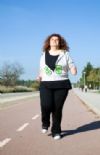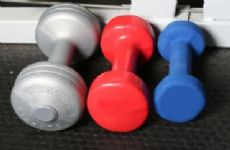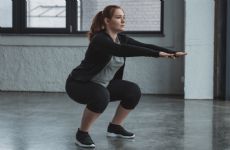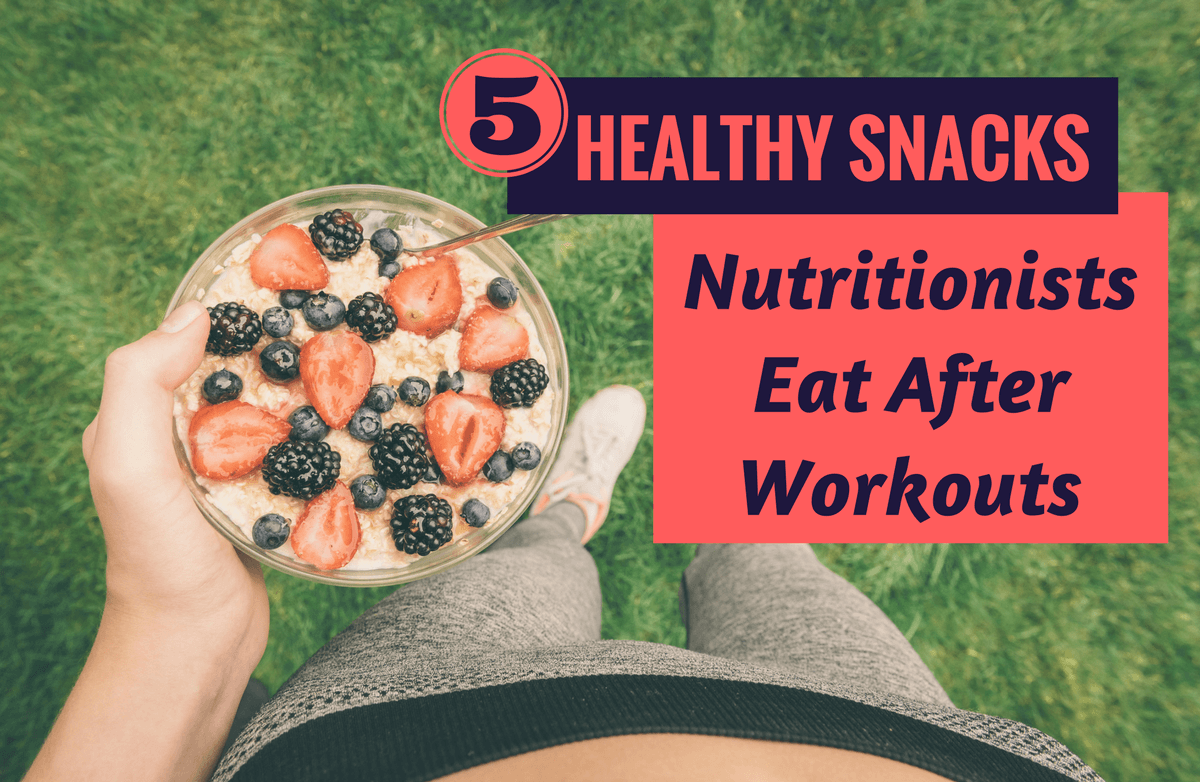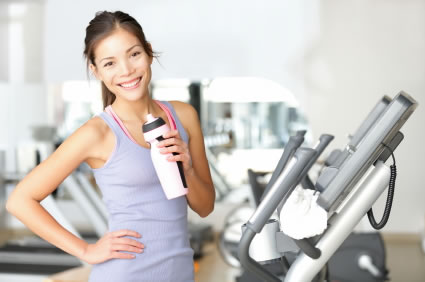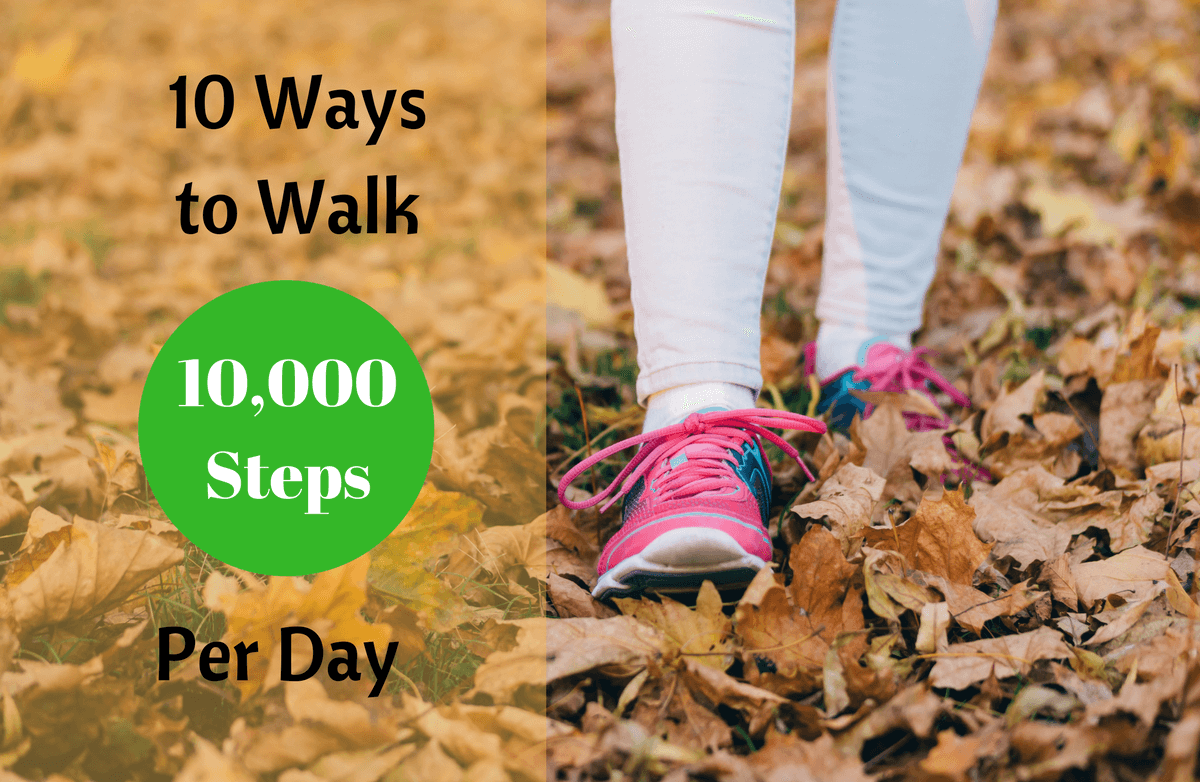If you only have time for one strength exercise, many fitness experts agree that it should be the squat. This low-impact move works the quads, hamstrings, glutes and calves, but its benefits go far beyond muscle work. Making squats part of your daily routine also helps to strengthen the joints, boosts cardio endurance and builds a strong core. And best of all, you don't need a gym, any equipment or a big chunk of time to get your squatter's rights: Almost anyone can do them—anytime, anywhere.
"Squats are extremely good for you no matter what the variation," says Morit Summers, celebrity trainer, Instagram influencer and owner of FORM Fitness. "We squat every day without realizing it, from picking things up off the ground to sitting in a chair. It affects so many muscle groups and is one of the most important movements we do."
You're probably already familiar with the basic squat, which is awesome in and of itself—but once you've got that down (pun intended), there are plenty of other fun, challenging and boredom-busting variations of this versatile move. So go on—get your squat on!
Pulse SquatAnna Larsen, certified personal trainer and Fit Body Boot Camp owner
- A pulse squat is a variation on a regular bodyweight or air squat that stays in the flexed position for a longer period of time, increasing tension on the glutes.
- Start with your legs shoulder width apart, back upright and abs held in.
- Lower to a squat and hold this position, only coming up about 1/4 of the way, and pulsing the squat, slowly, about one pulse per breath.
- Do 10-12 repetitions.
Kettlebell Goblet Squat with Bicep Curl
Fitness trainer Morit Summers
A kettlebell goblet squat helps teach proper squat form. Many people tend to round their back when squatting. Holding a weight in front helps to keep the chest up and the back engaged. Holding the pause squat keeps your muscles under tension longer, which is always beneficial
when building strength.
- Stand up holding the kettlebell by the handles with feet in your squat stance and thumbs up toward the ceiling.
- Sit your hips back and drive your knees out. Once you’ve sat just below your hip crease, your elbows should be pressing your knees out and rested against your inner thighs.
- From there, keep your chest up and back tight while you do a bicep curl with the kettlebell.
- Once the kettlebell has returned to the top, return to a standing position.
- Do 10-12 repetitions.
Skier Squat
Anna Larsen, certified personal trainer and Fit Body Boot Camp owner
Skier, or close squats, tone the inner thigh muscles to reduce "thigh jiggle" and provide balance for the iliotibial band, or IT band, which is a tendon on the outer thigh that can contribute to back, hip and knee pain if it gets too tight.
- Begin with your feet close together and lower to a squat. To maintain proper form, focus on your hips going backwards rather than your knees bending.
- You can put your arms straight out in front to maintain balance, and it helps to look in a mirror to keep your back in position.
- Inhale as you lower and exhale as you come up, thinking of your heels pushing through to the floor.
- Do 10-12 repetitions.
Wide-Leg Squat
This squat focuses on the quads, glutes and inner thighs.
- Stand with the feet wider than shoulders, knees slightly bent and toes turned outward.
- Hold a dumbbell with both hands in front of your body.
- Squat until your thighs are nearly parallel to the floor, sticking your butt out as if sitting in a chair.
- Squeeze your glutes as you straighten your legs to starting position to complete one rep.
- Keep your abs contracted. Make sure your knees don't pass the line of the toes.
- Do 10-12 repetitions.
Goblet Squat to Press
Jill Brown, trainer with Jill Brown Fitness
This variation engages your core and also works the upper body in addition to the thighs and glutes.
- Hold a kettlebell or dumbbell in the "goblet position," just below the chin, at the upper chest.
- Perform a squat to 90 degrees or more (or as low as you can go while maintaining proper form). Try to touch the elbows to the thighs without lowering the bell. (For people with tighter hips, it helps to angle the toes out about 10 degrees.)
- Drive through the heels and press the kettlebell up simultaneously until arms are fully extended.
- Return to starting position.
- Do 10-12 repetitions.
Mini Band Squats
Anna Larsen, certified personal trainer and Fit Body Boot Camp owner
Increasing resistance of the basic squat can increase strength in the hip muscles, which helps overall stability, balance and strength. This is a classic toning exercise often used therapeutically, as well for knee, back and hip pain.
- Get a mini band (actually a large rubber band made for exercising) or tie the ends of a stretch exercise band together. Place the band around both legs so that it hits anywhere between the upper knee area to mid-thigh.
- Lower into a squat, maintaining form by imagining your hips/butt going backward and looking into a mirror to maintain back position.
- For another variation, you can side walk or shuffle a few steps back and forth.
- Do 10-12 repetitions.
Single-Leg Squat with Chair
This variation works the quads and glutes, while isolating the muscles on alternating sides of the body.
- Stand behind a chair, holding the back of it for balance.
- Lift the right leg off the ground, keeping the left leg slightly bent.
- Bend the left leg to squat. Hold for one to three counts. Don't let the knee of the squatting leg go past the toes. Keep the upper body straight and avoid leaning forward as you squat down.
- Straighten the leg and return to the starting position.
- Complete 10-12 reps and switch legs.
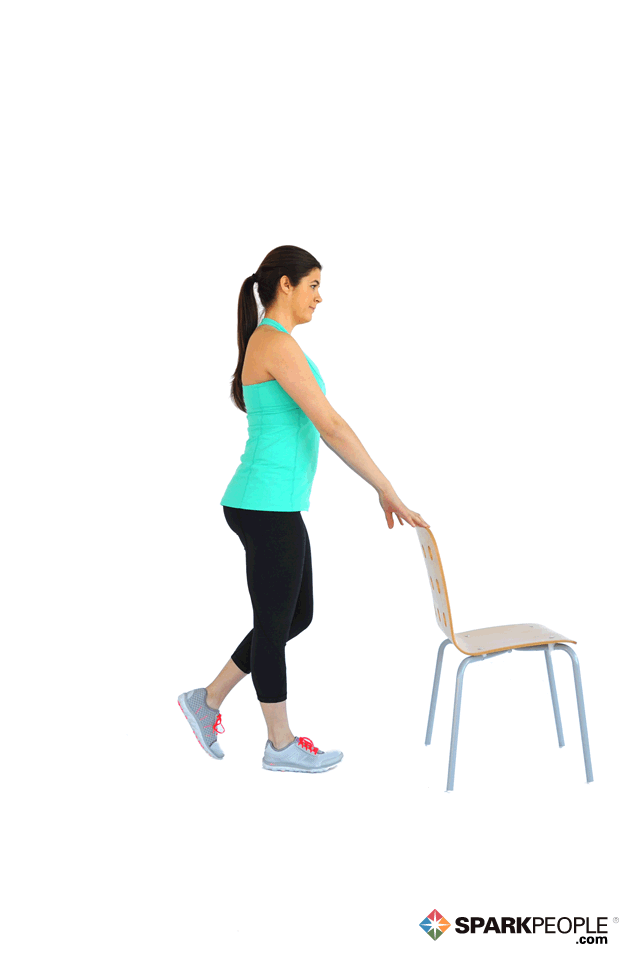 Raised Heel SquatsAnna Larsen, certified personal trainer and Fit Body Boot Camp owner
- Raised heel squats shift the workload onto your quads, to help achieve a toned, lean look and to keep your lower body and back healthy.
- Put a wooden block or weight plates under your heels to elevate them slightly (one to three inches) and then lower into a squat.
- Maintain proper form by thinking of your hips/butt going backwards and look into a mirror (if you have one) to keep your back in position.
- Do 10-12 repetitions.
|
|
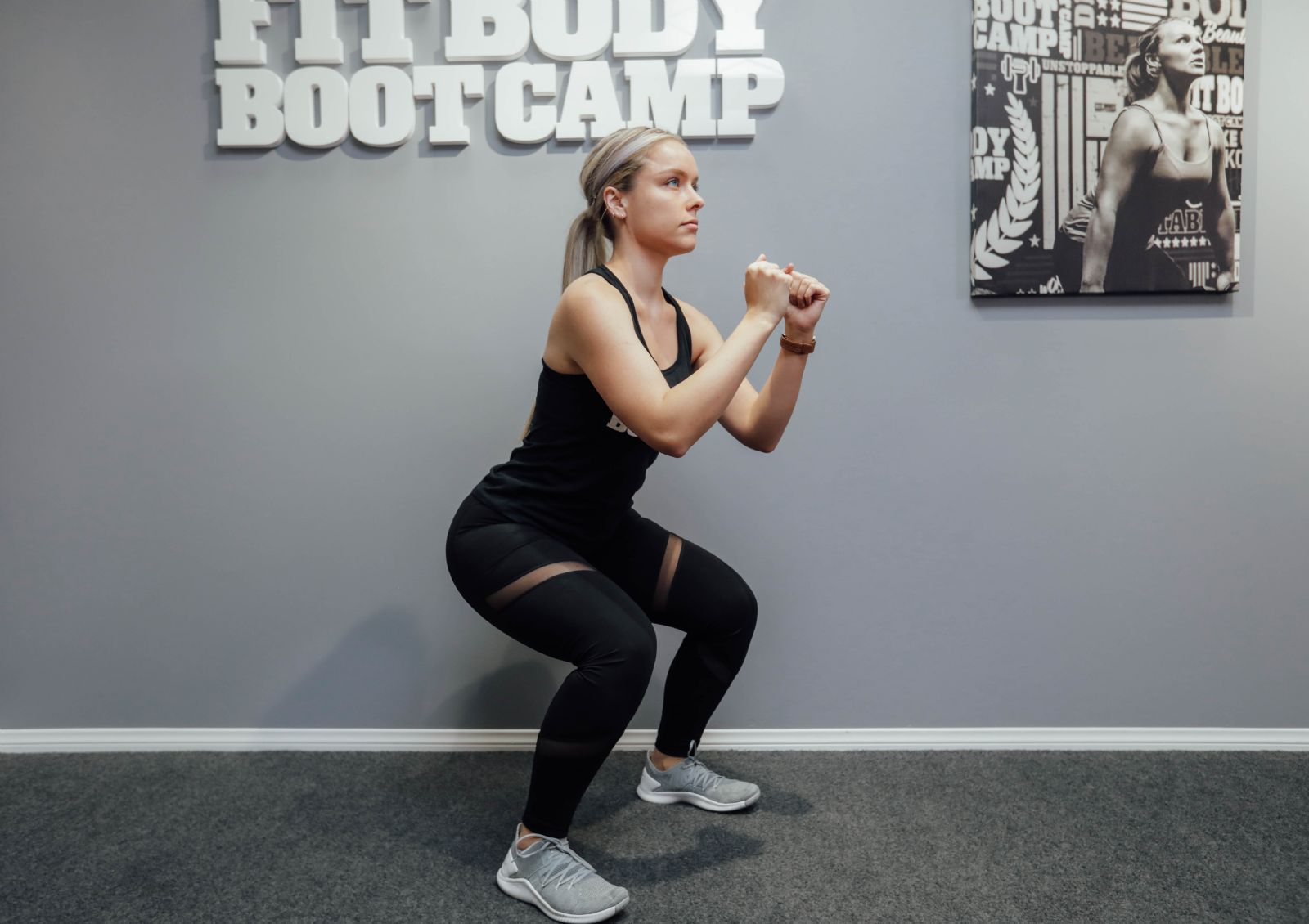
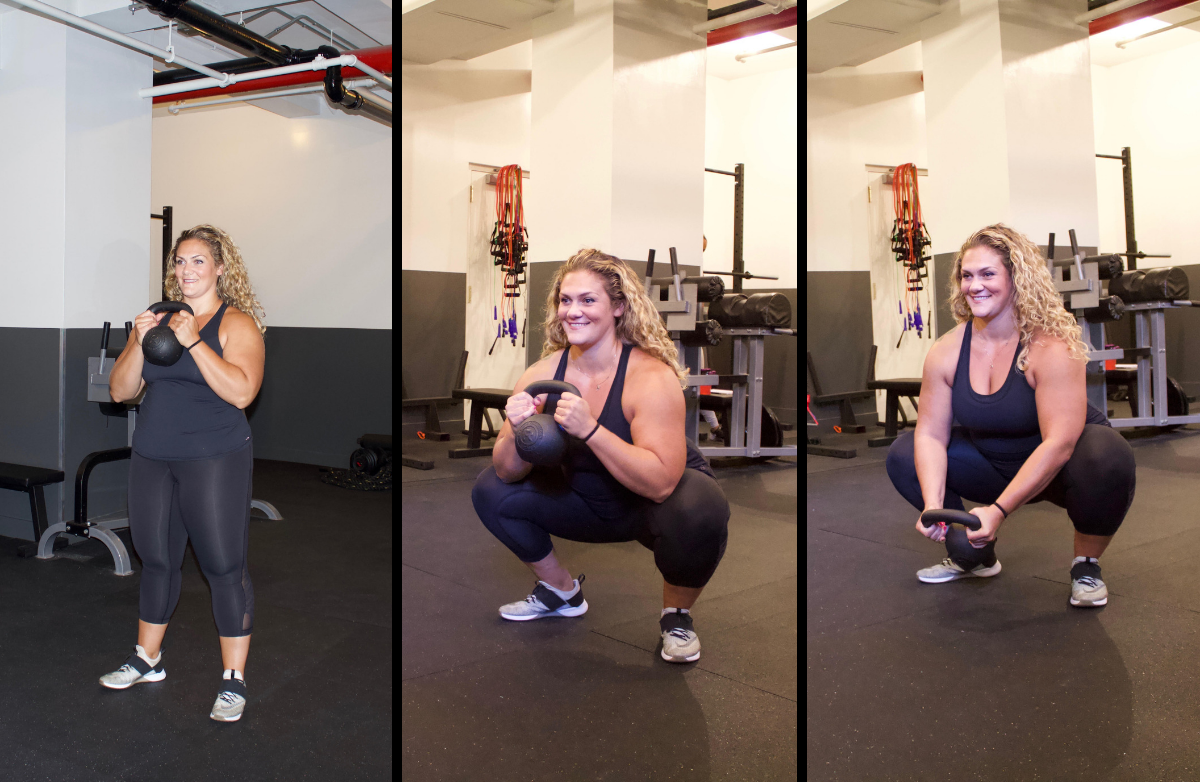

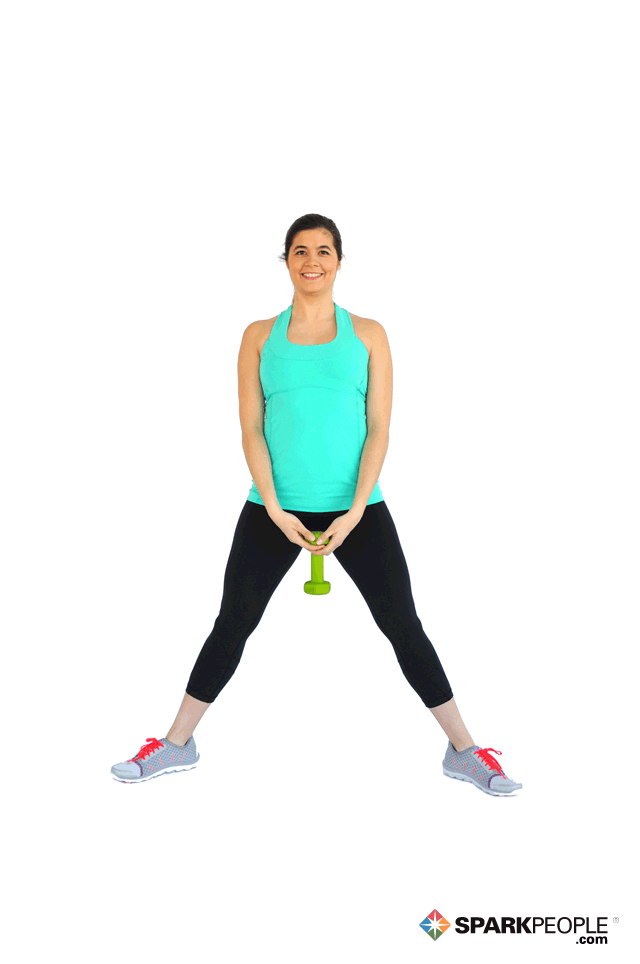
.png)

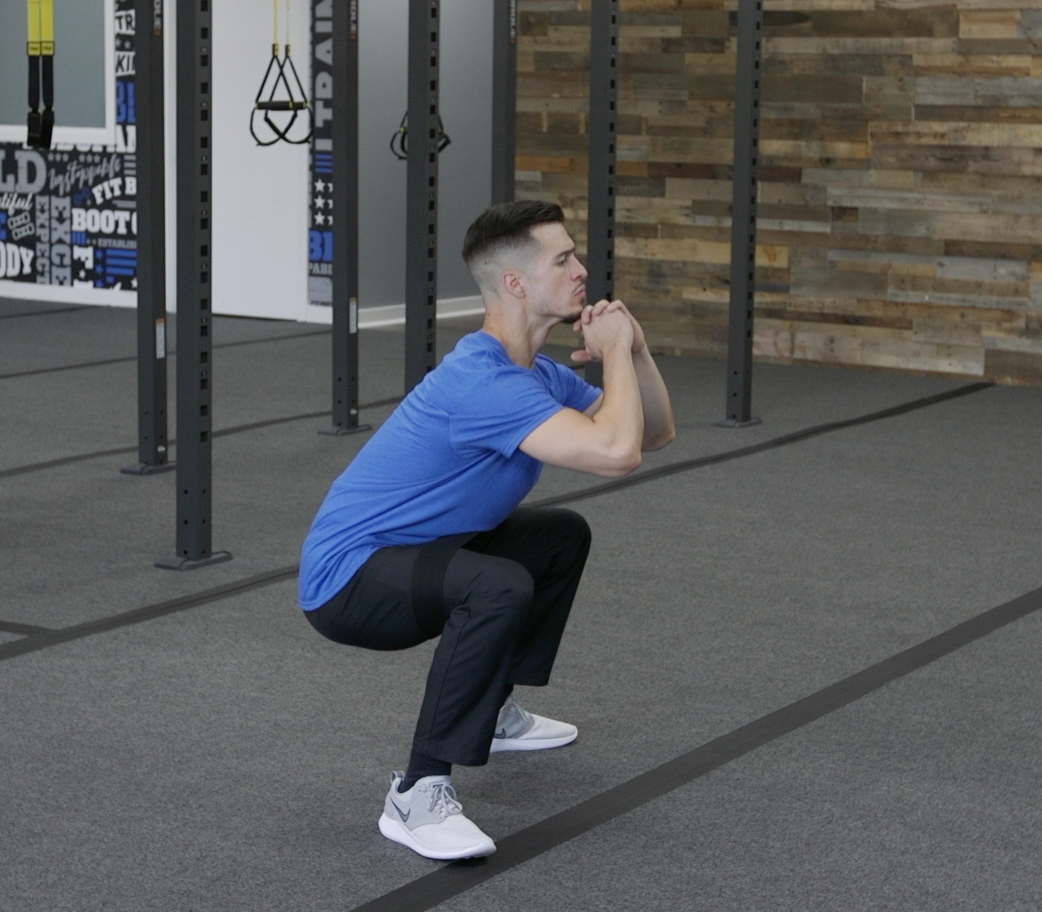

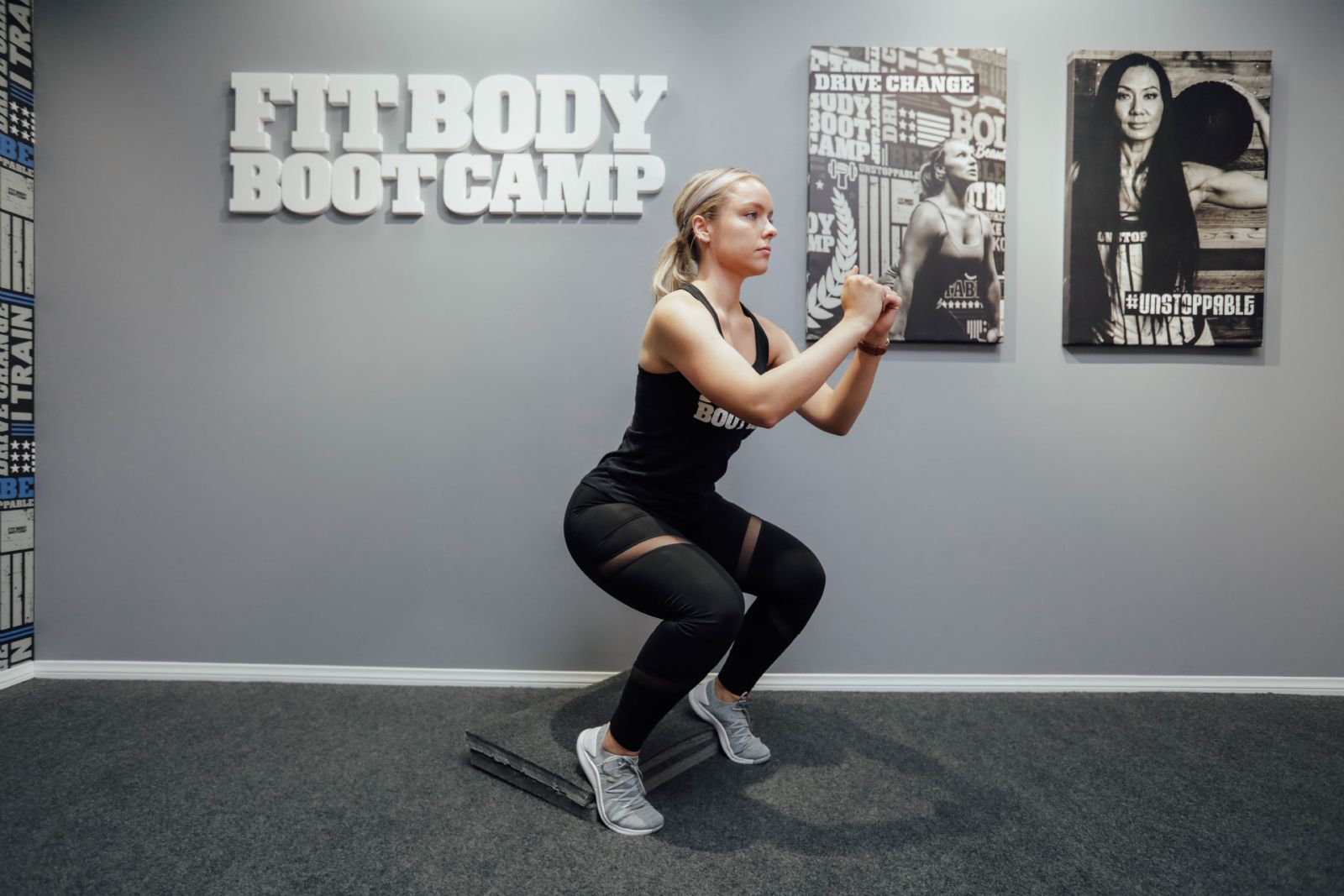


.jpg)

